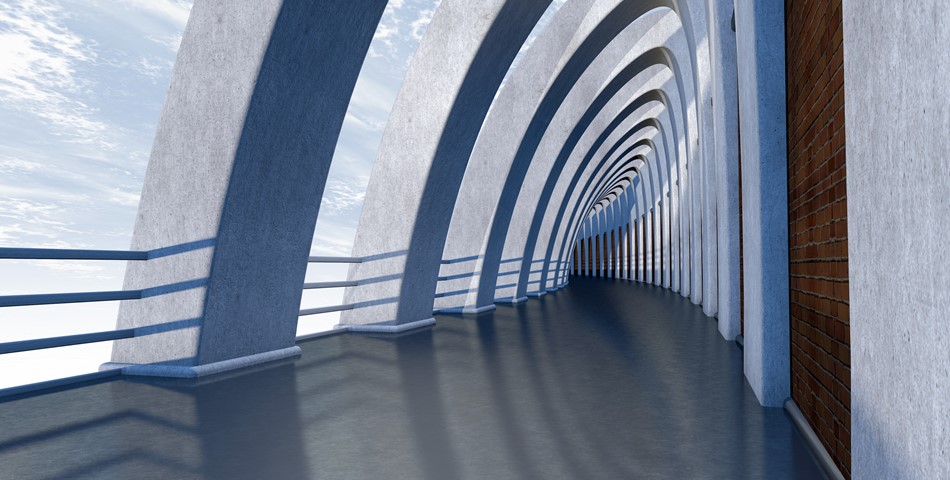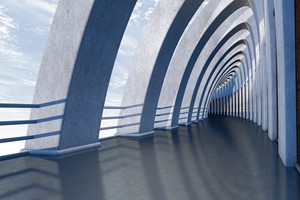Interior architecture includes technically and scientifically managing the interior space of a building while considering several construction aspects, such as finishes, plumbing, lighting, materials, electrical requirements, and smart use of the available space. Architectural coatings typically consist of organic finishes, which are used for beautifying and protecting the interior surfaces of the building.
At the time of selection, consumers look for various aesthetic and performance properties and characteristics, including hiding power, ease of application, flow and leveling, low volatile organic compound (VOC) emissions, user protection from toxins, stain resistance, environment friendliness, and low odor. Presently, there are different types of coatings available in the market, which consist of items like varnishes, sealers, wall paints, primers, ceramics and among others.
The market of Architectural coatings is projected to grow from USD 65.0 billion in 2018 to USD 82.4 billion by 2023, at a CAGR of 4.9 percent, during the forecast period (2019-2024), according to Markets and Markets. The global architectural coatings market is witnessing high growth on account of increasing applications, technological advancements, and the growing demand in APAC.
The economic growth in developing countries, increasing investment in infrastructure, stringent environmental regulations, growing purchasing power, and the rising demand for green and environmentally friendly coatings are also leading to the growth of the market.


The acrylic segment accounted for the largest share in 2017 because of its usage in major architectural coatings. The weathering and oxidation resistance of acrylics is better than oil-based paints, alkyds, or epoxies as the chief components of acrylic polymers provide a polymer structure that has little tendency to absorb UV light. Moreover, acrylics possess good color and gloss retention. They are well known for their durability as they protect the underlying substrate from degradation caused by exposure to rain, snow, wind, and UV light.
APAC is projected to be the fastest-growing market, in terms of both volume and value, during the forecast period. The Architectural coatings market in APAC is estimated to account for the largest share, in terms of both volume and value, in 2018. The APAC Architectural coatings market is driven by the growing population and economic growth. Both the residential and non-residential sectors in China and India are expected to develop during the forecast period, which, in turn, will drive the demand for Architectural coatings from this region.
PPG Industries, Inc. (US), Akzo Nobel N.V. (Netherlands), The Sherwin-Williams Company (US), Kansai Paints Co., Ltd. (Japan), Asian Paints Limited (India), and Nippon Paint Holdings Co., Ltd. (Japan). Some of the other players operating in the global market include BASF SE (Germany), Masco Corporation (US), Jotun Group (Norway), and RPM International Inc. (US).
Fatima Saab
Content & Research Manager












